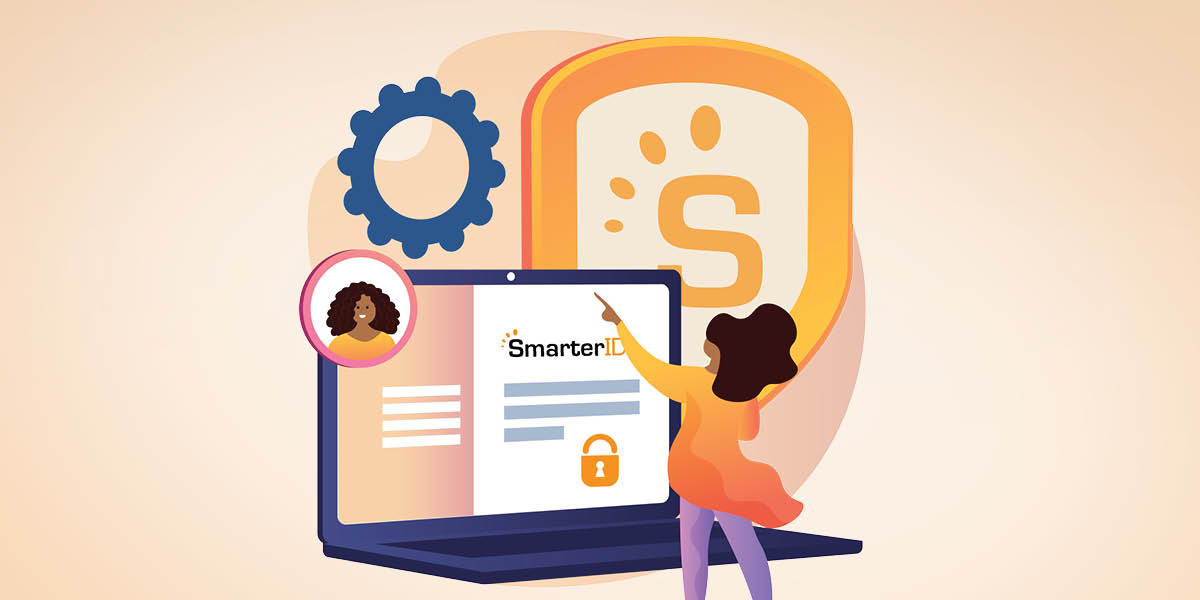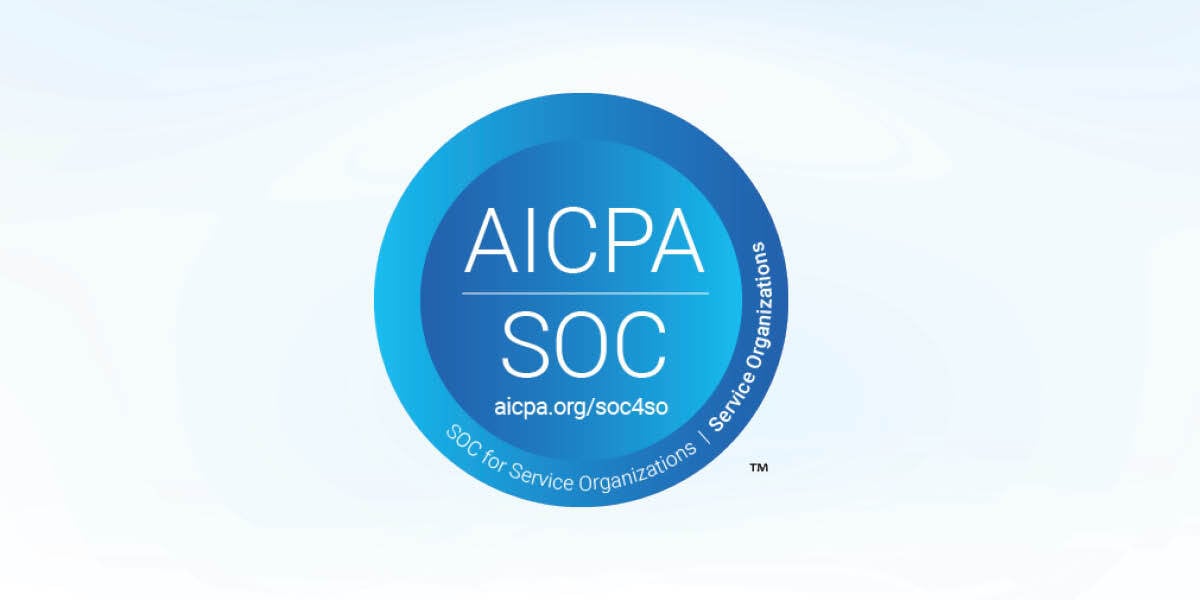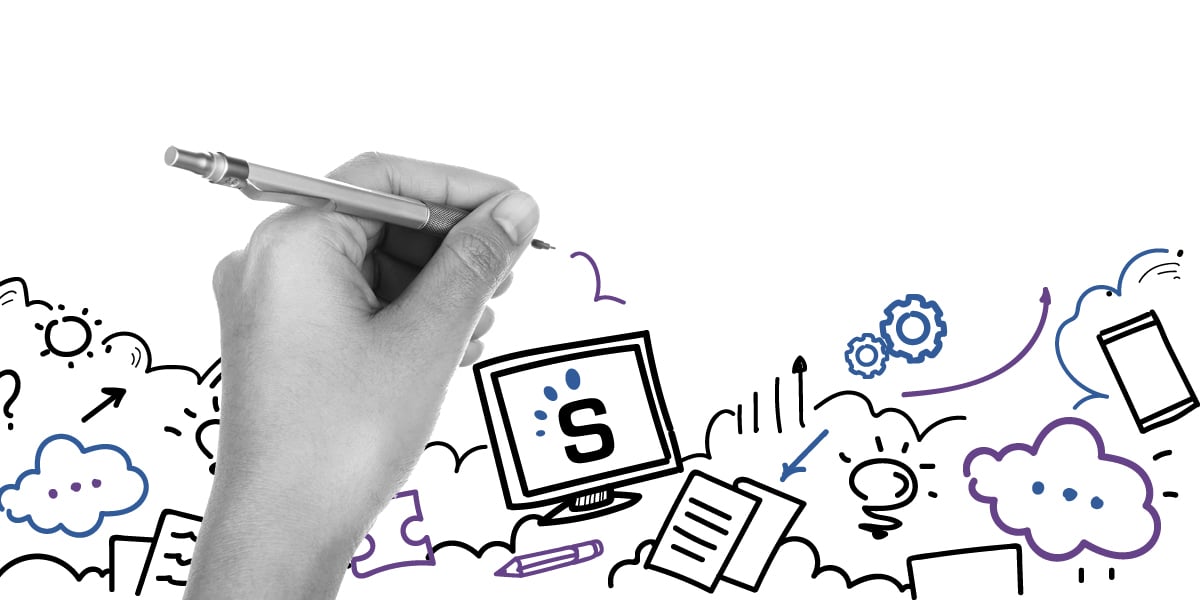
Welcome to the second in this two-part blog series about the role of learner authentication compliance and its use with authentic assessments. In the first part of this series, I focused on meeting regulatory requirements for learner authentication. Now, in this second part, I will focus on the importance of authentic assessment during online courses and how the use of SmarterID can help.
Check out this video to learn more about the use of SmarterID when it comes to authentic assessment, why it's important, and how you can use it at your institution.
Don't want to watch the video? No problem! Check out the video summary below.
Video Summary
Changes to Learner Experience
The pandemic has changed many elements of the student experience of higher education. In addition to the obvious elimination of many social elements, administrative and instructional aspects were forced to change as well. All student services such as advising, tutoring, financial aid counseling, etc. had to be provided at a distance. All instruction also had to be moved online into some form of emergency remote teaching if it was not available online prior to the pandemic.
Another part of the instructional experience that had to be considered was assessment. Determining the level of learner mastery is a central component of the degree-granting responsibility of a college or university. All of these gargantuan changes had to be made very quickly. Now, as we begin to reflect on this year of transition, many lessons are being learned that can actually reshape and improve higher education post-pandemic.
Student Concerns with Virtual Proctoring
One shift that many faculty made in their courses was the move to integrating more authentic assessments into their courses. During the pandemic, there was much pushback from student groups pertaining to virtual proctoring. Concerns were expressed regarding issues including student privacy, data security, bias, and accommodations. As an alternative to proctored exams, some faculty included opportunities for authentic assessment into their courses.
Forms of Authentic Assessment
Authentic assessment is used to gauge not only what learners know, but what they can do with that knowledge. This type of assessment can take many forms such as essays, oral presentations, physical projects, experiments, portfolios, interviews, journals, and more. Sometimes the instructor may prescribe the form of authentic assessment and sometimes learners are empowered to identify and create their own form of authentic assessment. The key is that learners are “doing” something with their knowledge and providing evidence of that action for evaluation.
What is Authentic Assessment?
One of the respected authorities on the subject of authentic assessment is Grant Wiggins. He wrote that an assessment is authentic if it is realistic, requires judgment and innovation, asks the student to “do” the subject, replicates or simulates the contexts in which adults are “tested” in the workplace or in civic or personal life, assesses the student’s ability to efficiently and effectively use a repertoire of knowledge and skills to negotiate a complex task, and allows appropriate opportunities to rehearse, practice, consult resources, and get feedback on and refine performances and products.
SmarterID and Learner Authentication
If you were not already familiar with it, I hope you found this very brief introduction to authentic assessment beneficial. It certainly has some advantages and disadvantages – such as the additional time and effort it typically requires of faculty.
But you may be thinking, what is its relationship to SmarterID? Well, consider this. Since the basic premise of authentic assessment is that the learner must do something to demonstrate their level of mastery, it is of utmost importance that the person who does the action is the actual person who will receive the credit in the course. In many courses, the primary learner authentication event is during a proctored exam. Since authentic assessment is often utilized in lieu of a proctored exam, it is imperative that some form of learner authentication also take place during authentic assessment.
So, how can SmarterID be used to authenticate learners while they are engaged in authentic assessment? First, let’s review how SmarterID works. By design, SmarterID is used to authenticate learners outside of a proctored exam. SmarterID is used during a course through LMS integration to make sure the student doing the work is the one getting the grade in the course. SmarterID gives an option of two forms of learner authentication: facial recognition and/or keystroke recognition. Faculty members determine the frequency of the random authentication prompts. When a student is prompted to authenticate, they follow on-screen instructions to look at their webcam or type a sentence to authenticate.
Good Practice with Authentic Assessment
A good practice while using authentic assessment is to require that the documentation of mastery be submitted in a multi-step process – not all at one time. Suppose that in a nursing course a student is tasked to create a case study of a patient describing their presenting problem and plan of care. Instead of basing the entire grade on the final document, the authentic assessment can be conducted in multiple phases.
The first phase could be participation in a discussion board in which the students reflect on plans of care with the community of the course. The second phase could be a recorded video in which the student verbally describes the disease scenario and intended plan of care and submits the video to the instructor via the LMS. The third and final phase could be the final, five-page paper. As the student is active in the LMS with each of these steps, they could be randomly prompted to authenticate using SmarterID.
The Importance of Authentication
If you are thinking about integrating authentic assessment into your courses, or if you have already been using it and are looking for ways to strengthen your approach, consider utilizing SmarterID to authenticate learners as they are engaged in the project. If you fail to do this, then you just may be giving students a grade for work that they got someone else to do for them.







